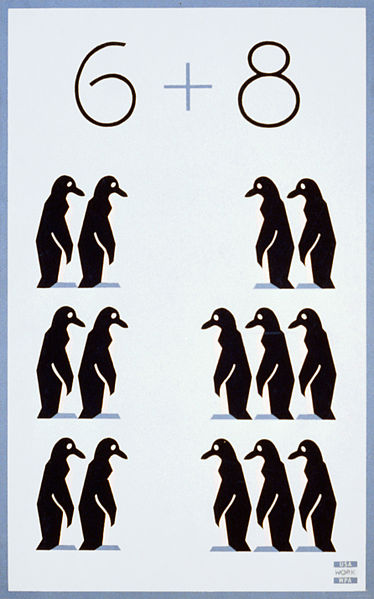Activities to do at home with Counting From One by Imaging children
(Stage 3)
These children can now hold numbers in their heads without having to look at all the objects and need to learn to count on eg 9 + 4 – is 10, 11, 12, 13 (counting from the 9 now and not from one) and back down for subtraction eg 12 – 3 is 11, 10, 9. It is important that the second number added is no bigger than 4 while learning this skill, as it is the optimum number that can be kept track of in their head. Children can keep track of what they’re adding on either by their fingers or in their head.
These children can now hold numbers in their heads without having to look at all the objects and need to learn to count on eg 9 + 4 – is 10, 11, 12, 13 (counting from the 9 now and not from one) and back down for subtraction eg 12 – 3 is 11, 10, 9. It is important that the second number added is no bigger than 4 while learning this skill, as it is the optimum number that can be kept track of in their head. Children can keep track of what they’re adding on either by their fingers or in their head.
-
Count with or for your child in 10s to 100, 2s to 20 or more, 5s to 50 or more.
Then back again. Write the numbers down so the child can use them as a guide.
-
Keep skip counting in 2’s, 5’s 10’s etc. To work out three 2’s, use fingers to track
– 2, 4, 6. Or use pictures cut out and group into twos etc.
-
Board games eg snakes and ladders, etc help counting on because the child
moves the counter from the number they’re on (at earlier stages children want
to move right back to one each time they have a turn as they don’t yet
understand about 6 more, 4 more, etc)
-
Bundle iceblock sticks with pipe cleaners into 10s, or haricot beans (uncooked!)
into empty film canisters (these are often freely available at photo shops) to see
how many there are. Count the ‘tens’ in tens and the ones left over in ones.
Start with numbers up to 40 or so. Start calling the bundles of ten ‘a ten’. “Let’s
get 30 sticks. How many bundles of 10 will that be? How many tens have we got
here? How many is that altogether?”
-
Play a game with 2 dice and the iceblock sticks or haricot beans and film
canisters. Roll the dice and work out how many has been thrown. Collect that
number of sticks or beans. The rule is that every time you have ten they must be
bundled up or put in the canister. Keep playing and see who gets the most.
(Often interesting talk will be generated by this game as the children work out
who has got the most, how many more they need to have the same number, etc.
As adults we can generate this talk without dominating the game too much, to
keep the game fun.)

No comments:
Post a Comment